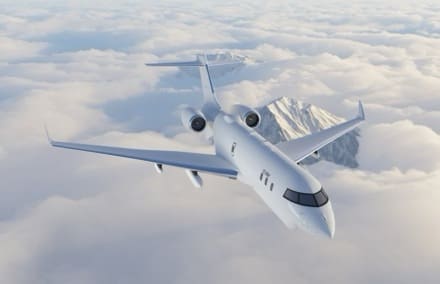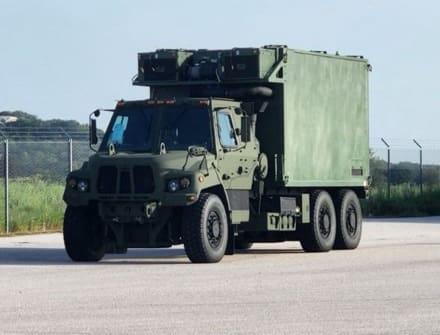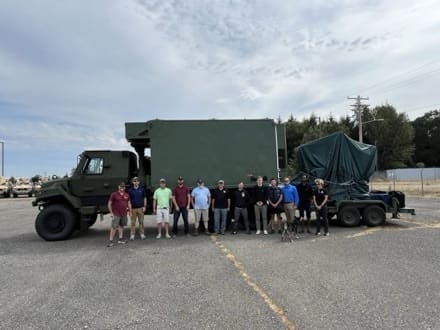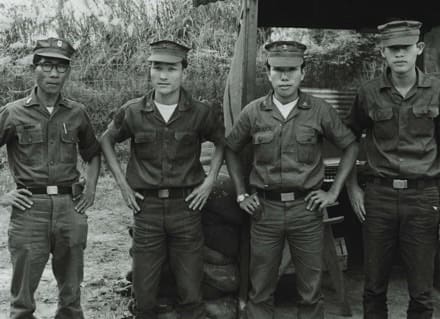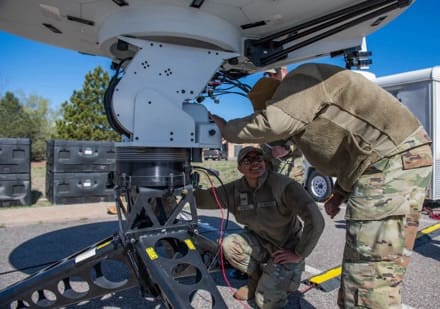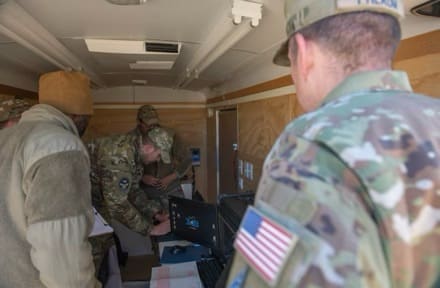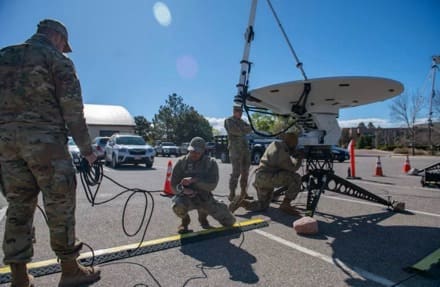The intelligence, surveillance and reconnaissance (ISR) community faces new challenges as an exponential increase of information—including real-time data and video streams—is shared with a growing community of stakeholders.
A new approach to system architecture is needed to deliver critical information to a more diverse set of collaborators, whether they are located in the last tactical mile or they are coalition partners sitting in headquarters.
For ISR missions that depend on video, the challenges are many, including securing communication, overcoming bandwidth limitations, and implementing end-to-end encryption when transmitting across multiple networks.
Here, Mark Rushton, a defence and security specialist and Business Development Director at VITEC: a global technology leader in the IPTV space, shares his insights on what is at stake.
How have critical ISR workflows evolved in recent years?
One significant change is the increased amount of information being processed and shared. With what seems like a universal need for real-time data and video streams, the dissemination imperative has expanded beyond traditional platforms and operational command centers. ISR intelligence must now reach a much wider range of collaborators.
This expansion has made the system architecture more complex. Leaders in dynamic and unpredictable environments must ensure secure communication and overcome bandwidth challenges while maintaining encryption. Additionally, the broad mix of radio networks used by drones — and other vehicles that carry ISR payloads — introduces variations in quality that must be managed to deliver high-fidelity images to end-users.
The types of devices receiving and processing video data have also become more complex. ISR equipment is no longer limited to control rooms and large screens in operation centers. Video intelligence must also be delivered to portable devices in remote locations where users—who may need this information the most—often have limited access to bandwidth.
How is the use of IP Video in ISR evolving?
In a word, quickly. This is due to technological advances, higher demands for real-time data, and the need for better interoperability and security.
For instance, IP Video technology allows for the seamless sharing of real-time video feeds across various platforms and devices. This is crucial for ISR operations, enabling timely decision-making and coordination among military units, intelligence agencies, and coalition partners.
Advancements in video compression algorithms like H.264, H.265, and VVC have improved video quality while reducing bandwidth needs. This means high-resolution video can be sent over various networks, even those with limited bandwidth capacity, without losing quality.
On a different vector altogether, it is important to observe that ISR has not been immune to the forces driving the adoption of artificial intelligence. Integrating IP Video with AI and machine learning enhances ISR capabilities because it can analyze video feeds in real-time to detect anomalies, identify objects or individuals, and provide actionable insights, reducing the workload on human analysts.
As IP Video use expands, there is a greater focus on security. Advanced encryption and secure transmission protocols protect sensitive video data from being intercepted or accessed without authorization, ensuring the integrity and confidentiality of ISR operations.
How is the community managing this growing complexity?
Standards are essential for supporting the ISR mission. It is the only way that everyone—including system architects, platform vendors, signal integrators, ISR commanders and third-party collaborators—can ensure that systems are compatible and can work together.
A standards-based approach to interoperability also prevents the ISR community from being locked into proprietary technologies that can limit future options.
While a standards-based approach to interoperability prevents the ISR community from being locked into proprietary technologies that limit future options, it must also be coupled with utilizing commercial off-the-shelf (COTS) products that offer access to the latest and greatest technology without the need to develop something from scratch.
This ensures everyone can leverage commonly used technology, facilitating compatibility and interoperability.
It is important for decision-makers to choose options with an upgradable path that can be utilized in the future. By allowing for flexibility as the ISR environment evolves, standards-based COTS solutions offer the best way to optimize operational effectiveness while maximizing return on investment.
How is quality control managed across different categories of networks?
Managing video quality in ISR workflows across different networks involves several key measures. One revolves around ensuring that image and video quality stays high throughout transmission. This is critical because clear visuals are essential for accurate decision-making in ISR missions. Depending on the mission’s needs, different networks, such as satellite links, radio mesh networks, or 4G LTE towers, are chosen based on factors like bandwidth, reliability, and latency.
The advanced compression technologies help maintain high video quality while minimizing bandwidth use. The best codecs allow for efficient compression, ensuring quality visuals even in low-bandwidth situations.
Compatibility with various devices, including portable ones with limited bandwidth, is vital. Ensuring the video format and resolution match the capabilities of the receiving devices helps maintain quality across different endpoints.
Finally, data security is also critical in ISR workflows. Implementing encryption protocols and rigorous security measures that protect video data’s integrity and confidentiality during transmission is the key to preventing unauthorized access or interception.

Author Mark Rushton a defence and security specialist and Business Development Director at VITEC.
VITEC is a global technology leader in the IPTV space, working within the Intelligence, Surveillance, Target Acquisition and Reconnaissance (ISTAR) arena for over 20 years.


